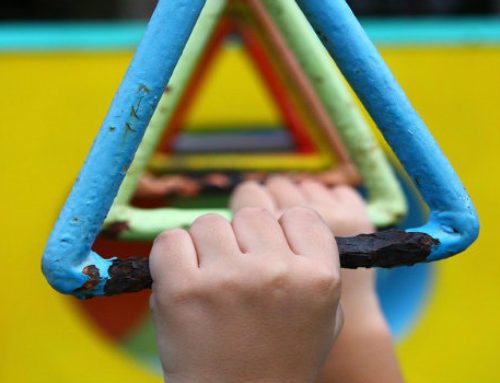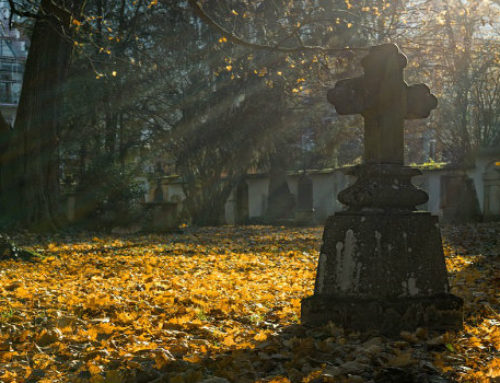Established in 1929, Swarthmore College’s Scott Arboretum is a collection of a wide range of plants which grow well in the eastern Pennsylvania climate and which can be easily planted by gardeners of average skill levels. The arboretum was created in honor of Arthur Hoyt Scott, who graduated from Swarthmore in 1895. His family created the Arboretum as a way to display trees, that work well for home gardens in the region and educate the public on the values of these trees, shrubs, and herbaceous plants.
Our Delaware personal injury lawyers think the Scott Arboretum makes Swarthmore College one of the most beautiful college campuses in the country. We like to visit here to get ideas for our personal gardens and to learn about horticulture with our families. Some of the plants you can find in the Scott Arboretum include:
Conifers
If you’re looking for inspiration for trees that would be suitable for a garden in this part of the country, you can find many beautiful options in the Scott Arboretum’s conifer collection. These plants span a wide variety of colors, sizes, shapes, and textures. Some examples of what you can find in this collection include:
- Cryptomerias
- Dawn redwoods
- Bald cypresses
- Pines
Witchhazels
The witchhazel collection is scattered throughout Swarthmore campus, mainly near the fraternity houses below Faulkner Tennis Court. Over 30 different types of witchhazel can be found here.
Crabapples
You can find the crabapple collection near the athletic fields on Chester Road. There are 60 distinct types of crabapples on campus.
Cherries
The Arboretum’s cherry collection is a gift from Mrs. Allen K. White of Swarthmore’s class of 1894. It was planted in 1931 and features 34 types of cherries with two plants of each, which were planted in a semi-circle beginning in the Meetinghouse and ending at the President’s House along Cedar Lane. Today, the cherry collection has expanded to over 65 taxa and also includes the Suzanne Schmidt Memorial Garden,
Hollies
The holly collection was donated in 1974 by James R. Frorer, from the Swarthmore class of 1915. This collection is one of the highest-regarded holly collections in the US and has received the prestigious honor of being designated as a National Holly Arboretum by the Holly Society of America. It’s also officially recognized by the Plant Collections Network. The collection contains over 300 types of evergreen and deciduous hollies and is annually evaluated for winter hardiness and ornamental features.
Hydrangeas
Located along Whittier Place across from Papazian Hall, the hydrangea collection contains over 100 taxa of 15 distinct species of hydrangea. Some examples include:
- Hydrangea arborescens
- H. involucrata
- H. macrophylla
- H. paniculata
- H. quercifolia
- H. sargentiana
- H. serrata
If you want to see the hydrangea collection at peak bloom, we recommend visiting in July or August.
Magnolias
The expansive magnolia collection consists of approximately 140 taxa. The main collection runs along route 320 near the Benjamin West House, and primarily features hybrids of Yellow and Magnolia x soulangiana types, as well as Little Girl hybrids. There is also a large collection of yellow magnolias in the tree peony collection.
Tree Peonies
The tree peony collection is one of the oldest collections in the arboretum and is one of the original collections from the 1929 opening. It features about 130 taxa, including Saunders’ hybrids, Japanese tree peonies, Chinese tree peonies, French hybrids, Daphnis hybrids, and other species. Mid-may is the best time to see these flowers in bloom.
Gold Medal Plants
In 1987, the Pennsylvania Horticultural Society began a Gold Medal Plant Award Program, which honors woody plants of premium merit in the Middle Atlantic Region. A staff member of the Scott Arboretum as always served on the committee for this program, which selects plants based on hardiness, resistance to disease and pests, and ease of growing. The arboretum features over 90 Gold Medal plants.






